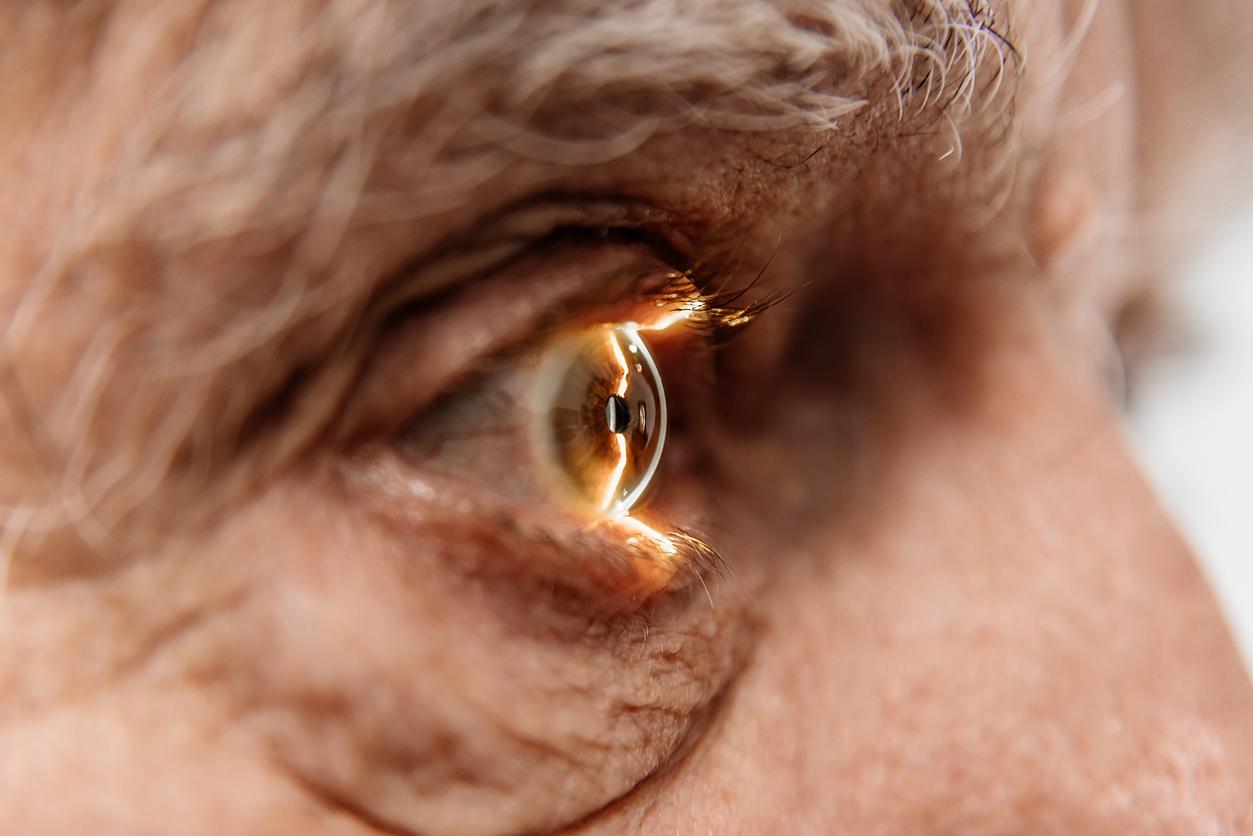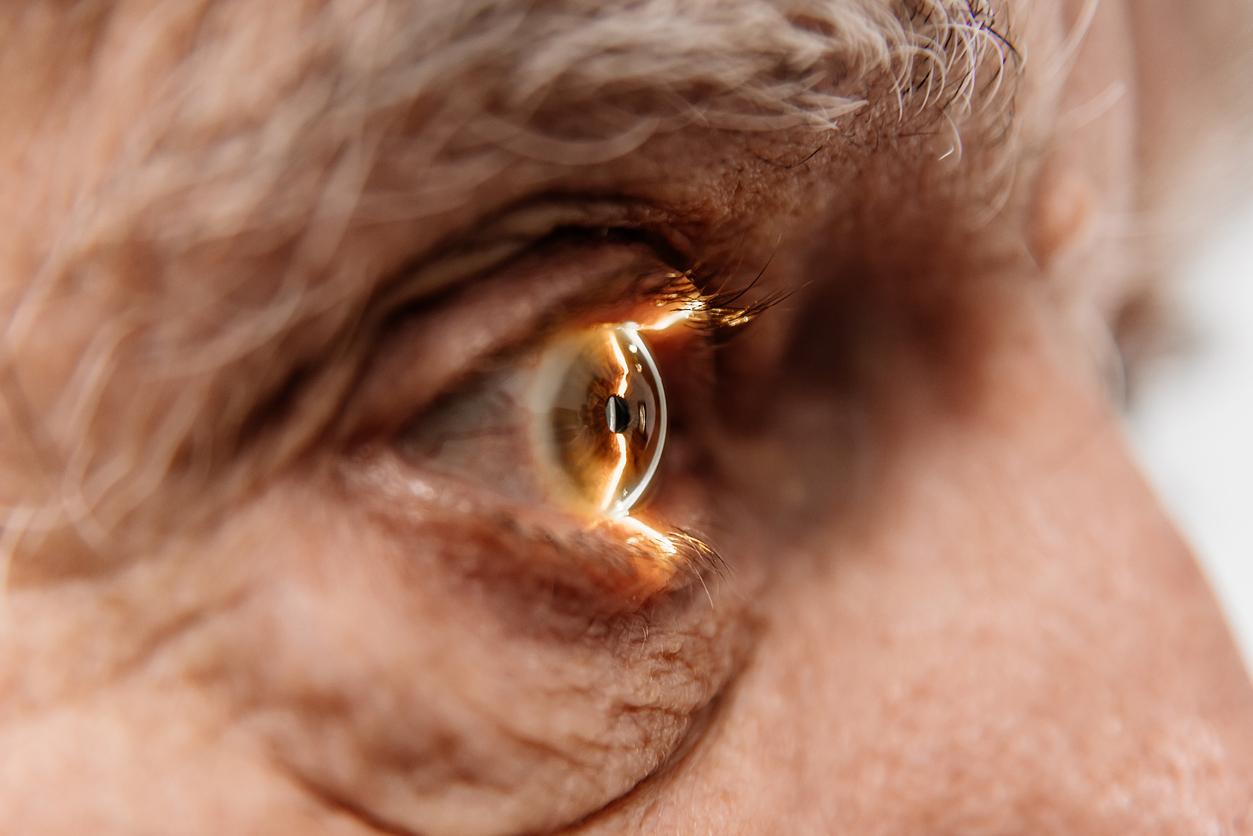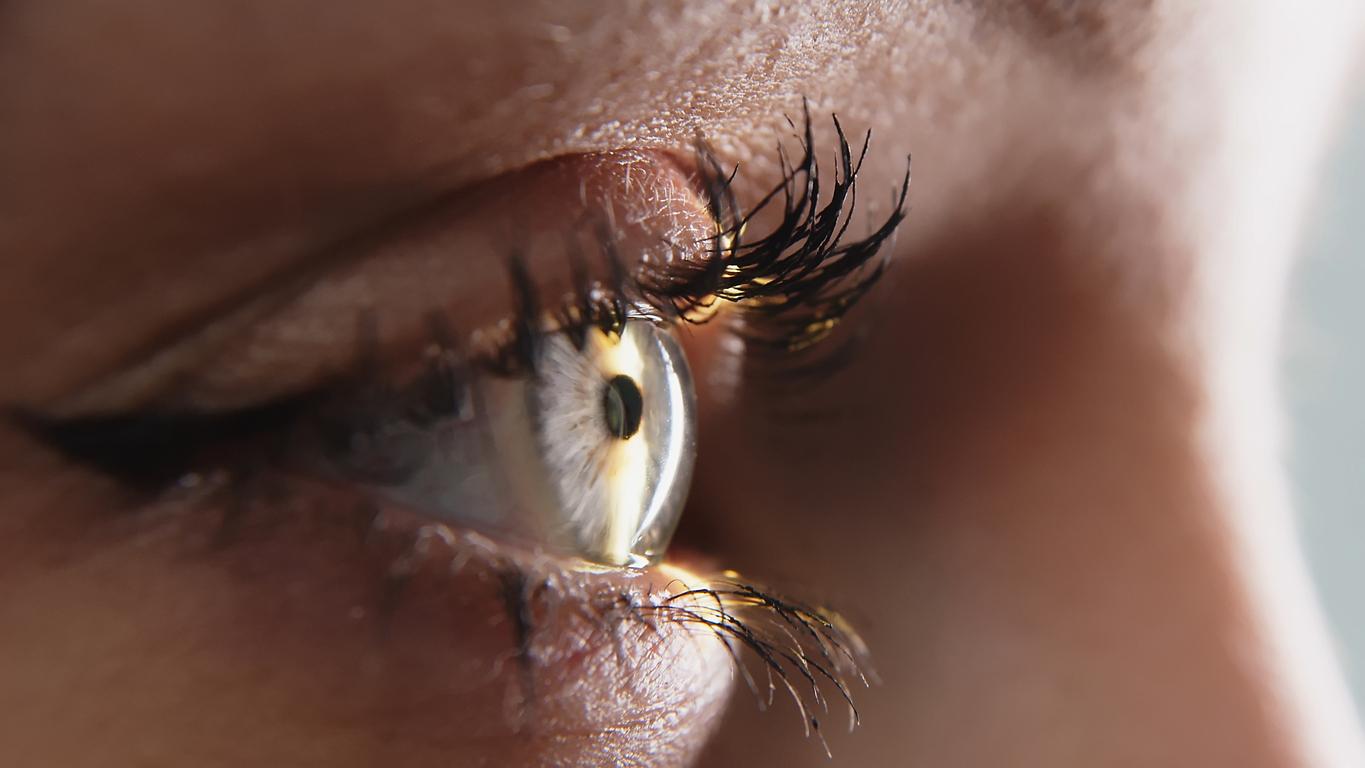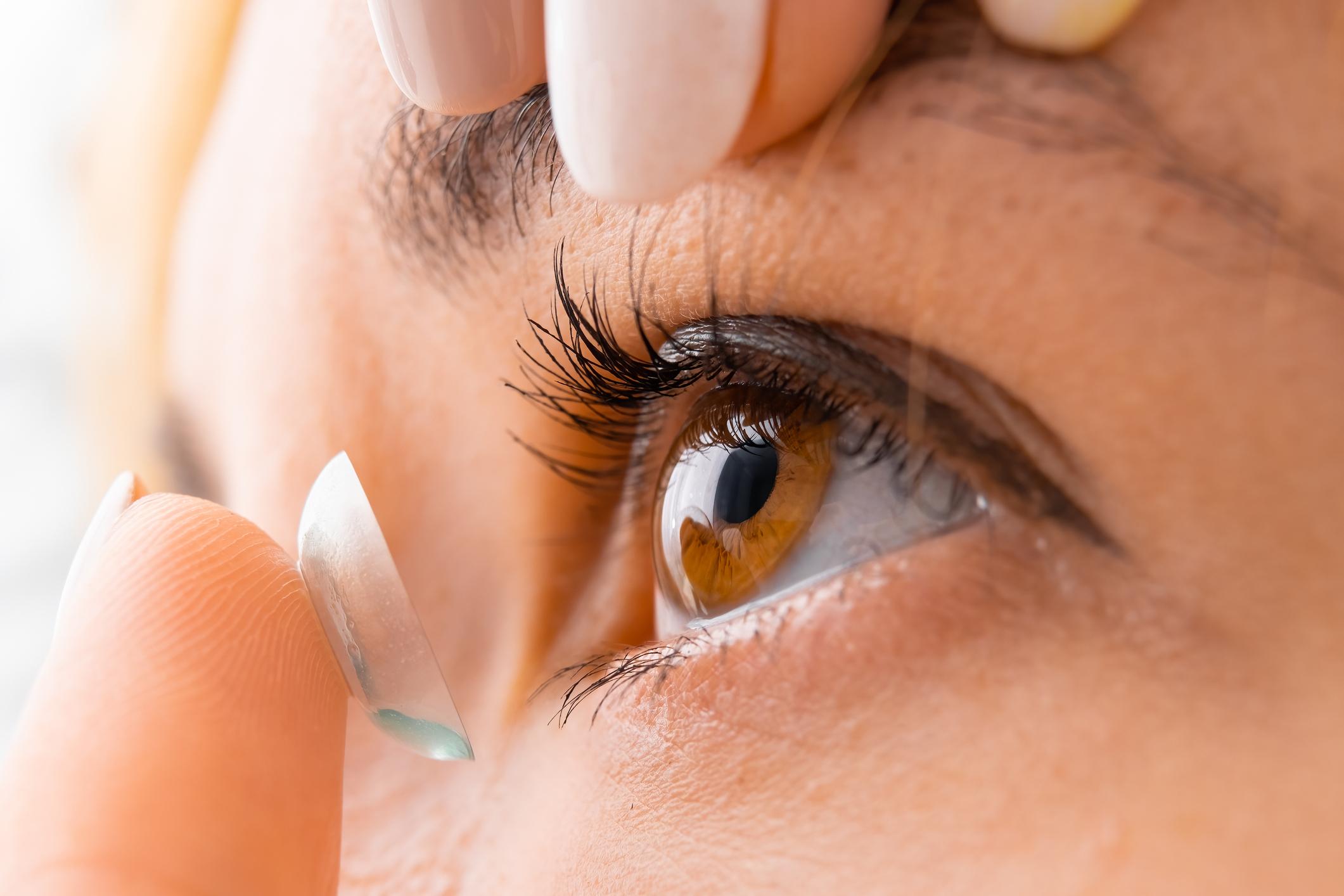While advances in surgery have helped reduce blindness, the progression of diabetes worries specialists.

This article will undoubtedly be good for you! Because thehe global rates of blindness and visual impairment have fallen sharply over the past two decades in developed countries (United States, Canada, Western Europe, Australia, Japan). This is what a new study reveals published a few days ago in the British Journal of Ophthalmology.
In Europe, blindness has fallen by 50%
To reach this conclusion, che researchers sifted through all the data available on these vision problems from 1990 to 2010 in fifty countries. In In Europe, for example, rates of blindness have fallen by 50%, and rates of visual impairment by 38%. These bAisces were not as important in the United States and Canada because there the rates were already low by international standards.
Finally, the prevalence rate of blindness in the world has halved, from 3.3 million affected people (0.2% of the world population) to 2.7 million (0.1% of the world population).
These are women who were more likely than men to be blind or have poor vision throughout the study period.
The development of cataract surgery has changed the game
To comment on these results, the researchers confide that these drops are “very striking”. “Especially given that the world’s population is aging more and more,” said lead researcher Rupert Bourne, professor of ophthalmology at Anglia Ruskin University in Cambridge (UK).
And for all these scientists, it’s the development of cataract surgery which explains these results. In France, for example, it remains the most frequent surgical act, according to the Health Insurance. In 2012, 717,000 procedures of this type were performed for a total cost of 1.3 billion euros.
On the other hand, even if cataracts remain the main cause of blindness in developing countries, this is no longer the case in more privileged countries. The cause of vision loss is age-related macular degeneration.
The progression of diabetes, a current threat
In addition, better management of myopia has also reduced blindness in the world, add these researchers. How? ‘Or’ What ? “En making it possible for the wider world to supply adequate glasses to correct refractive errors, ”they point out.
Finally, the last finding of researchers, a little more worrying, the increase in the prevalence of diabetes which will have a “huge” impact, according to them, on our eyes. About a third of these future diabetics risk losing their sight, in particular because of a diabetic retinopathy. In addition, “bMany people with diabetes will also be at risk for glaucoma or cataracts, ”they conclude.
.

















